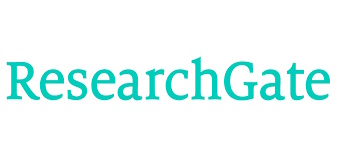Design and Presentation of a Smart Power Model in Governmental Organizations (Case Study: National Petrochemical Company of Iran)
Keywords:
Smart Power, Government Organization, National Iranian Petrochemical CompanyAbstract
The present study was conducted with the aim of presenting a smart power model for integrating sources of power in governmental organizations, using the National Petrochemical Company of Iran as a case study. The research method is applied-developmental in terms of purpose, descriptive-survey in terms of data collection, cross-sectional in terms of time, and quantitative in nature. The statistical population consisted of employees, experts, and managers of the company, totaling 359 individuals. Based on Morgan's table, the sample size was determined to be 186 participants, who were selected using a cluster sampling method. The research instrument was a researcher-made questionnaire containing 12 main components (axial codes) and 2 main dimensions of smart power (hard power and soft power). For data analysis, confirmatory factor analysis and structural equation modeling (SEM) were conducted using SPSS and SmartPLS software. The findings indicated that smart power comprises two dimensions: soft power and hard power. The components of soft power include negotiation and interaction, organizational culture, technology, software and IT, skill and experience, and knowledge and expertise. The components of hard power include financial and economic resources, human resources, equipment and physical facilities, organizational rules and regulations, and organizational communication and structure. Moreover, the factor loadings of all components and dimensions were higher than 0.30, their average variance extracted (AVE) values exceeded 0.60, and their reliability coefficients were above 0.70. Additionally, the model demonstrated a good fit, and each dimension had a direct and significant effect on the proposed model. The results suggest that the designed model can also be applicable in other governmental organizations.
Downloads
Downloads
Published
Submitted
Revised
Accepted
Issue
Section
License
Copyright (c) 2025 فریدون کیانی نژاد (نویسنده); داود کیاکُجوری; مریم رحمتی (نویسنده)

This work is licensed under a Creative Commons Attribution-NonCommercial 4.0 International License.








